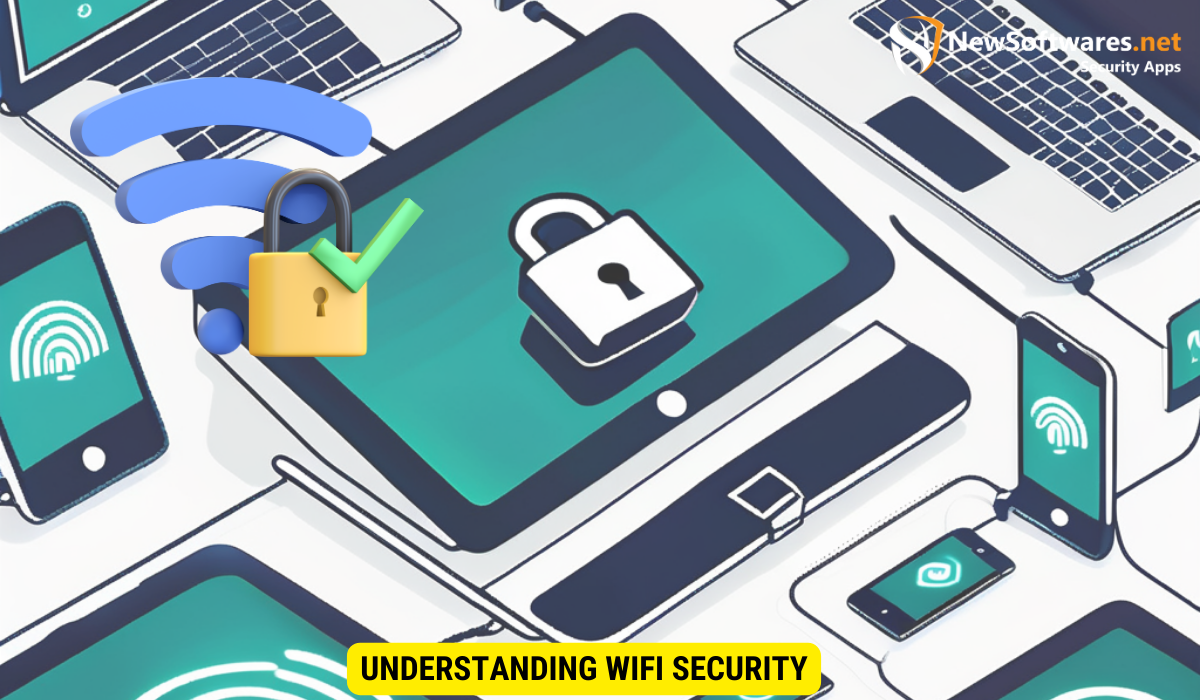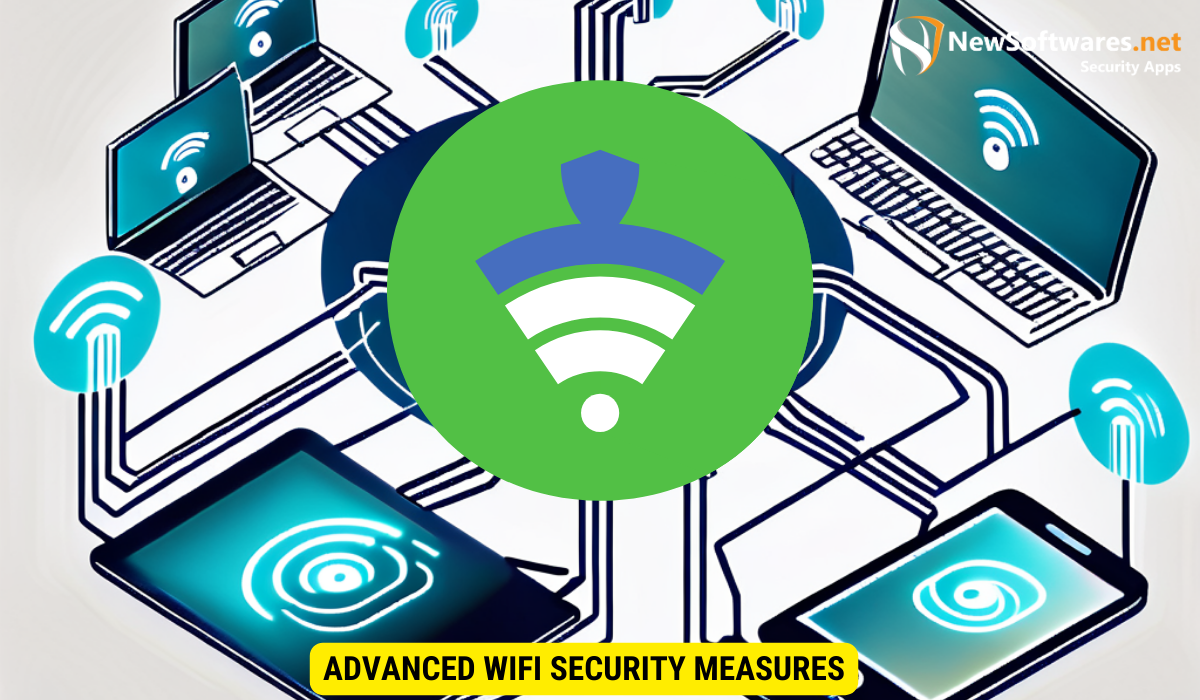To connect to a password-protected WiFi network:
-
Identify the desired network in your device’s WiFi settings.
-
Enter the correct password for the network when prompted.
-
Ensure the password is accurate, including uppercase, lowercase, numbers, and special characters.
-
Troubleshoot any connection issues by restarting devices or contacting your internet service provider.
-
Maintain security by updating your WiFi password regularly and avoiding public WiFi networks for sensitive transactions.
Follow these steps to establish a secure connection and protect your personal information from cyber threats.
In this digital age, accessing the internet has become an essential part of our daily lives. Whether it’s for work, leisure, or keeping in touch with friends and family, we rely on WiFi connections to stay connected. However, it’s crucial to ensure that your WiFi connection is secure to protect your personal information from cyber threats. I will explore the steps and measures you can take to connect securely to password-protected WiFi networks.
Understanding WiFi Security

Before we delve into the specifics of connecting to password-protected WiFi networks, it’s important to understand why WiFi security matters. WiFi security refers to the measures in place to protect your wireless connection from unauthorized access and potential cyber attacks. By implementing robust security protocols, you can safeguard your personal information and prevent malicious actors from infiltrating your network.
When it comes to WiFi security, staying informed about the latest trends and threats is crucial. Cybercriminals are constantly evolving their tactics to exploit vulnerabilities in WiFi networks, making it essential for users to stay vigilant and proactive in securing their connections. Regularly updating your router’s firmware and using strong, unique passwords can significantly enhance the security of your WiFi network.
The Importance of WiFi Security
WiFi security is critical for several reasons. Firstly, it helps protect your sensitive data from being intercepted or stolen by hackers. This includes sensitive personal information, such as passwords, financial details, and private communications. Additionally, a secure WiFi connection ensures that only authorized devices can connect to your network, reducing the risk of unauthorized access.
Furthermore, WiFi security is not only essential for protecting your personal data but also for safeguarding the integrity of your network. Insecure WiFi networks can be exploited by cybercriminals to launch various attacks, such as man-in-the-middle attacks or malware distribution. By prioritizing WiFi security, you can create a safer online environment for yourself and others who share your network.
Different Types of WiFi Security Protocols
There are several WiFi security protocols available, each offering varying levels of security. The most commonly used protocols include WEP (Wired Equivalent Privacy), WPA (WiFi Protected Access), and WPA2. It’s important to note that older protocols like WEP are less secure compared to newer ones like WPA2. It is recommended to use WPA2 or the latest WPA3 protocol whenever possible to ensure maximum security.
Moreover, in addition to choosing a strong security protocol, implementing additional security measures such as enabling network encryption, setting up a guest network for visitors, and disabling WPS (WiFi Protected Setup) can further enhance the security of your WiFi network. By adopting a multi-layered approach to WiFi security, you can create a robust defense against potential threats and enjoy a safer and more secure online experience.
Steps to Connect to Password Protected WiFi
Now that we understand the significance of WiFi security, let’s dive into the steps to connect to a password-protected WiFi network.
Ensuring the security of your WiFi connection is crucial in today’s digital age. By following these steps carefully, you can protect your personal information and sensitive data from potential cyber threats.
Locating Available Networks
The first step is to identify the available WiFi networks around you. This can be done by clicking on the WiFi icon in your device’s settings or taskbar. Once you open the list of available networks, look for the network name (SSID) you want to connect to.
It’s important to note that public WiFi networks may not always be secure, so it’s best to connect to trusted and password-protected networks whenever possible.
Entering the Correct Password
Once you have selected the desired WiFi network, you will be prompted to enter the password. Make sure to enter the password accurately and check for any uppercase or lowercase letters, special characters, or numbers. Passwords are case-sensitive, so double-check your input to avoid errors.
Creating a strong and unique password for your WiFi network is essential to prevent unauthorized access. Avoid using common phrases or easily guessable combinations to enhance the security of your connection.
Troubleshooting Connection Issues
If you encounter any issues while connecting to the WiFi network, there are a few troubleshooting steps you can take. Restarting your device, power cycling your router, or contacting your internet service provider for assistance are some common troubleshooting methods. Additionally, ensure that your device’s WiFi settings are correctly configured and that you have a strong signal.
Remember to keep your devices and software updated to ensure compatibility with the latest security protocols and encryption standards. Regularly changing your WiFi password and monitoring connected devices can also help safeguard your network from potential threats.
Maintaining Your Connection Security
Establishing a secure connection is not a one-time task. To maintain the security of your WiFi network, there are some essential measures you should follow.
Regularly Updating Your Password
Changing your WiFi password periodically is a good practice to prevent unauthorized access. It is recommended to use a strong and unique password, consisting of a combination of letters, numbers, and special characters. Avoid using common passwords or personal information that can be easily guessed or obtained by hackers.
Avoiding Public WiFi Risks
Public WiFi networks, such as those found in coffee shops, airports, or hotels, can be convenient but come with inherent risks. These networks are often unsecured, making it easier for hackers to intercept your data. Whenever possible, avoid connecting to public WiFi networks for sensitive transactions or accessing confidential information. If you must use public WiFi, consider using a virtual private network (VPN) for an added layer of security.
Using VPN for Enhanced Security
A VPN is a valuable tool for enhancing your WiFi security. A VPN creates a secure, encrypted connection between your device and the internet, preventing unauthorized access to your data. It masks your IP address and encrypts your internet traffic, making it highly secure and ensuring your online activities remain private.
Advanced WiFi Security Measures

In addition to the basic steps mentioned above, there are advanced measures you can take to further enhance the security of your WiFi network.
Configuring Router Settings for Maximum Security
Access your router’s settings by typing the router’s IP address into your web browser. From there, you can enable advanced security features such as MAC address filtering, which restricts access to devices with specific MAC addresses. You can also enable encryption protocols, such as WPA3, and change your router’s default administrator password.
Understanding MAC Address Filtering
MAC address filtering is a technique that allows you to specify which devices can connect to your network by adding their unique MAC addresses to an approved list. It provides an additional layer of security by blocking unauthorized devices from accessing your WiFi network, even if they have the correct password.
The Role of Firewalls in WiFi Security
A firewall acts as a barrier between your device and the internet, monitoring incoming and outgoing network traffic. It helps prevent unauthorized access to your network and filters out potential threats. Ensure that your firewall is enabled and regularly updated to provide maximum protection.
Key Takeaways
- WiFi security plays a vital role in protecting your personal information from cyber threats.
- Ensure you understand the different WiFi security protocols available and use the latest ones for maximum security.
- Follow the steps to connect to a password-protected WiFi network accurately.
- Regularly update your WiFi password and avoid connecting to public WiFi networks for sensitive transactions.
- Consider using a VPN and implementing advanced WiFi security measures, such as configuring router settings and enabling MAC address filtering.
FAQs
Why is WiFi security important?
WiFi security is important to protect your sensitive data from being intercepted or stolen by hackers and to prevent unauthorized access to your network.
What are the recommended WiFi security protocols?
The recommended WiFi security protocols are WPA2 and the latest WPA3 protocol, as they provide stronger security compared to older protocols like WEP.
How often should I update my WiFi password?
It is recommended to update your WiFi password periodically to ensure maximum security. Changing it every few months is a good practice.
What is a VPN, and how does it enhance WiFi security?
A VPN (Virtual Private Network) creates a secure, encrypted connection between your device and the internet, preventing unauthorized access to your data and ensuring your online activities remain private.
What is MAC address filtering, and how does it work?
MAC address filtering is a technique that allows you to specify which devices can connect to your network by adding their unique MAC addresses to an approved list. It restricts access to your WiFi network, even if the correct password is entered.
Conclusion
In conclusion, connecting securely to password-protected WiFi networks is essential to safeguard your personal information and protect against cyber threats. By understanding the importance of WiFi security, following the steps to connect to password-protected networks, and implementing additional security measures, you can enjoy a safe and secure online experience.
